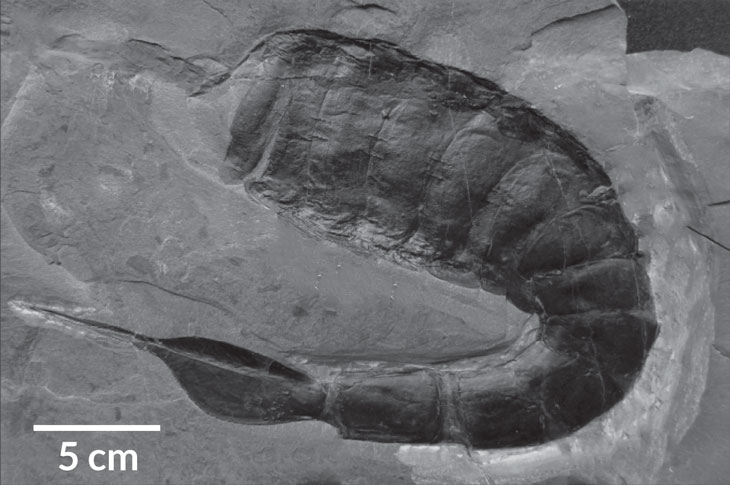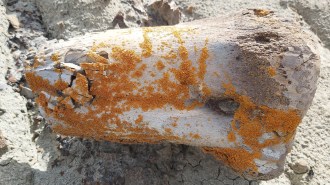Sea scorpions slashed victims with swordlike tails
New fossil suggests the body part was used for fighting, swimming

EN GARDE! Ancient sea scorpions (one illustrated) may have used serrated, swordlike tails for swimming or as weaponry.
NATHAN ROGERS








